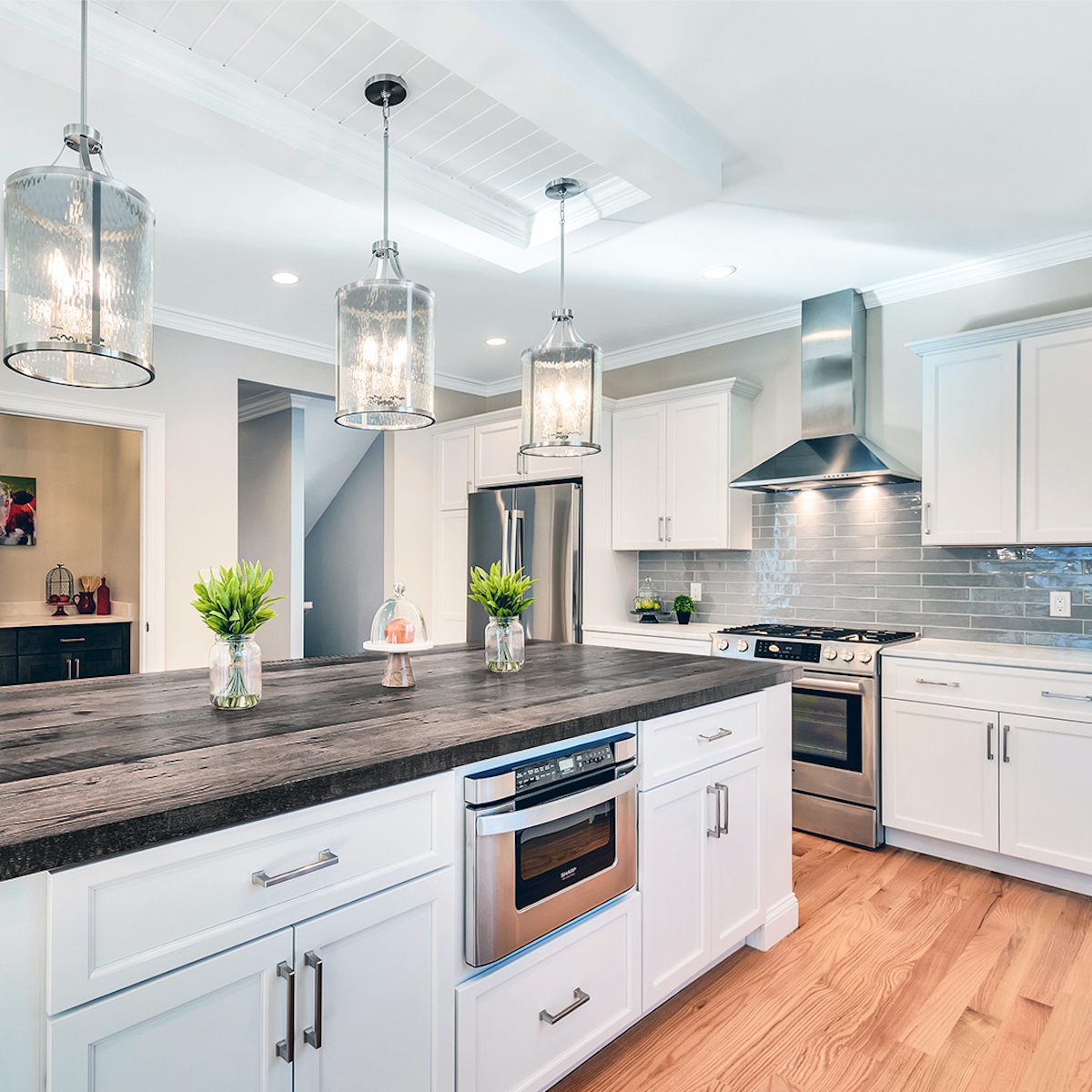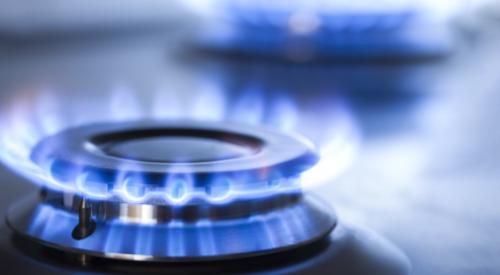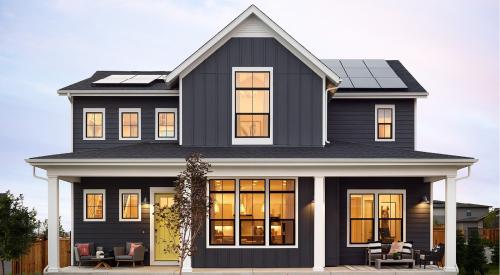Farmhouse kitchens have become one of the biggest home renovation projects in recent years. With many variations of farmhouse styles including rustic, modern, and western, there’s a style to fit any kitchen build or remodel project.
While the design trends may vary, after the apron front sink, the best part of any farmhouse kitchen is a gas cooktop or range. Whether homeowners are home chefs, avid entertainers, or just seeking a statement piece for their kitchen, propane-powered ranges can offer a reliable and affordable option. Beyond affordability, propane is also a clean, environmentally friendly energy source, making it an excellent way to reduce emissions while meeting your customers energy needs.
Professional, chef-desired performance
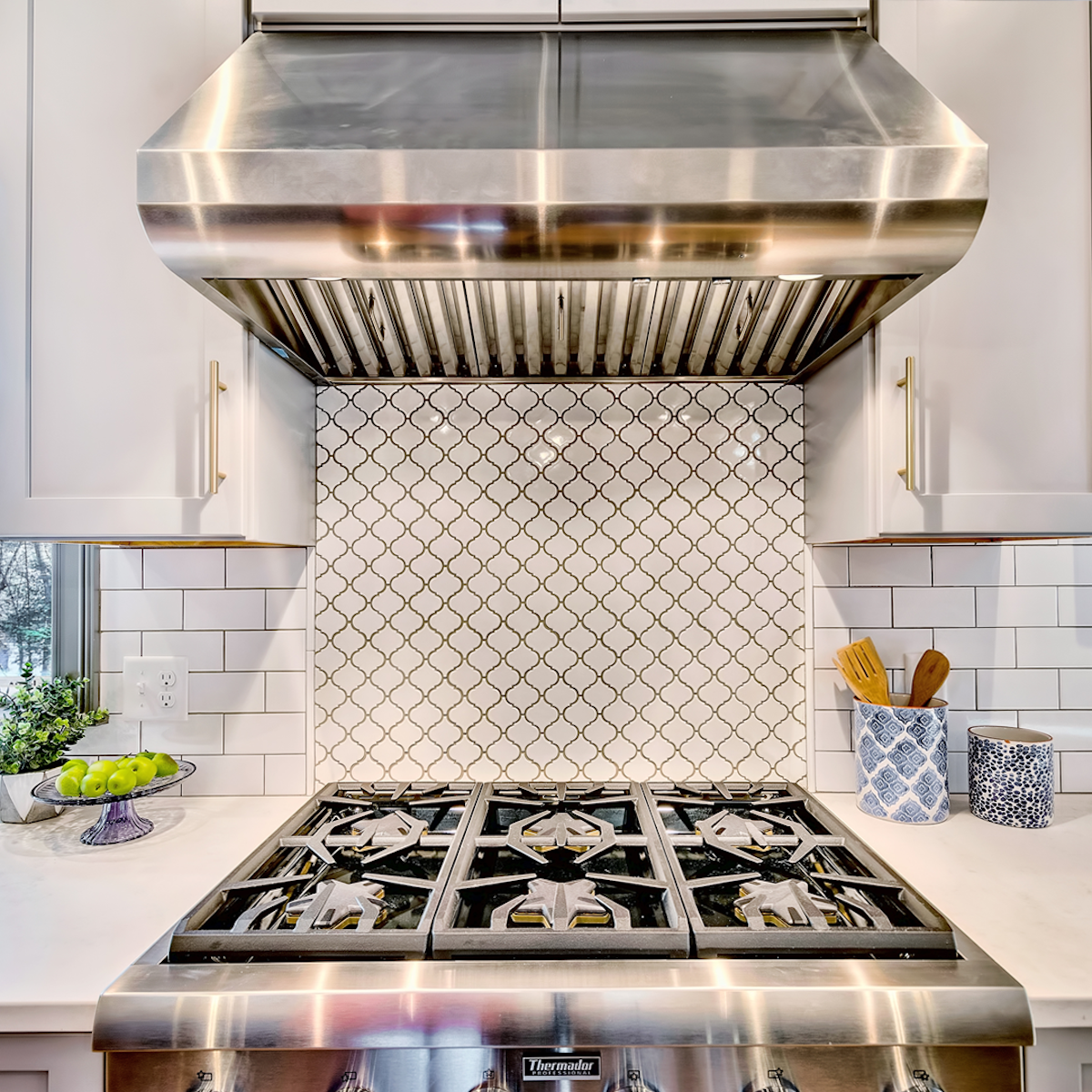
Gas cooktops are known for their performance benefits. In fact, 96 percent of professional chefs prefer gas cooking. Why do chefs love gas? Propane cooktops allow for greater control of heat levels and have instant-off capabilities that help them cool faster than most electric stoves, which can remain dangerously hot for a period of time after they have been turned off.
By incorporating propane into a project, homeowners can have this same chef-desired cooktop performance. Excellent performance and precise temperature control are a few reasons PERC’s partner, Kadilak Homes—a husband-and-wife duo specializing in residential remodeling, additions, and new construction homes—just completed an all-gas kitchen remodel with propane.
“Most people are unaware that they can use propane in their kitchen,” said Susan Kadilak, co-owner of Kadilak Homes. “I wanted the homeowners to always have a reliable, high-performance kitchen with precise temperature control while cooking without the cost of an induction range.”
Budget friendly
For many kitchen remodels, the wish list can grow quickly—even when the budget can’t. Using an affordable energy source, like propane, can give homeowners peace of mind knowing they’ll see annual cost savings compared with appliances powered by electricity. Propane appliances generally last longer than electric appliances, too, strengthening their value proposition.
“We would not consider doing an all-electric project because we find that homeowners shy away from the high costs associated with electricity as an energy source,” Kadilak said. “We also see that there is a strong preference for cooking with (propane) gas, so that makes it an easy choice.”
In their recent all-gas kitchen remodel, Kadilak Homes estimated the homeowner’s annual energy use would be $80 to $120, depending how much they cooked.
As builders and remodelers know, energy consumption can vary widely depending on the energy source used to power appliances. A 2020 analysis from the Department of Energy (DOE) found that the energy costs of propane ($18.81 per million Btu) are less than half that of electricity ($38.28 per million Btu).
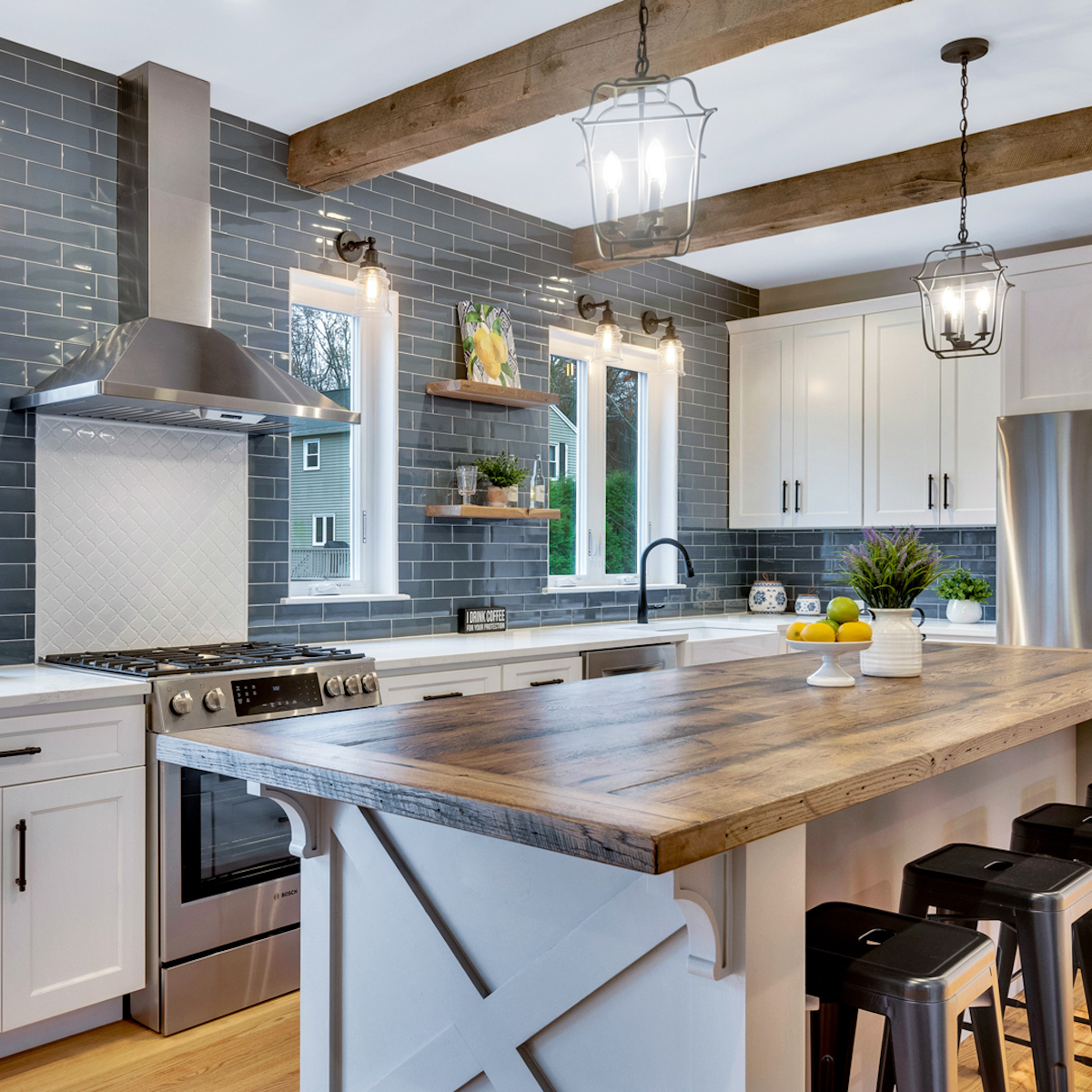
Clean, sustainable energy
For customers keeping an eye on their carbon footprint, propane is a great solution for various home appliances, including ranges, stoves, and cooktops.
Electrification is typically looked at as a zero-emissions solution but when full-fuel-cycle emissions are considered, construction pros will see propane has a compelling argument. Most notably, using propane produces 43 percent fewer greenhouse gas emissions than using an equivalent amount of electricity generated from the U.S. grid. That is because more than 60 percent of the energy consumed in our power plants is lost before it gets to the home—either in production, transmission, or transformation losses.
Additionally, propane-powered cooking ranges generate up to 15 percent fewer full-fuel-cycle greenhouse gas emissions, 83 percent fewer sulfur oxide (SOx) emissions, and 30 percent fewer carbon dioxide emissions compared to electric ranges, according to data from PERC.
“As builders, it’s important that we consider incorporating features that will reduce carbon emissions, Kadilak said. “Things like programmable thermostats, low flow plumbing fixtures, LED lighting, high efficiency propane gas on-demand water heaters, and gas fireplaces all contribute to reducing a home’s carbon footprint.”
